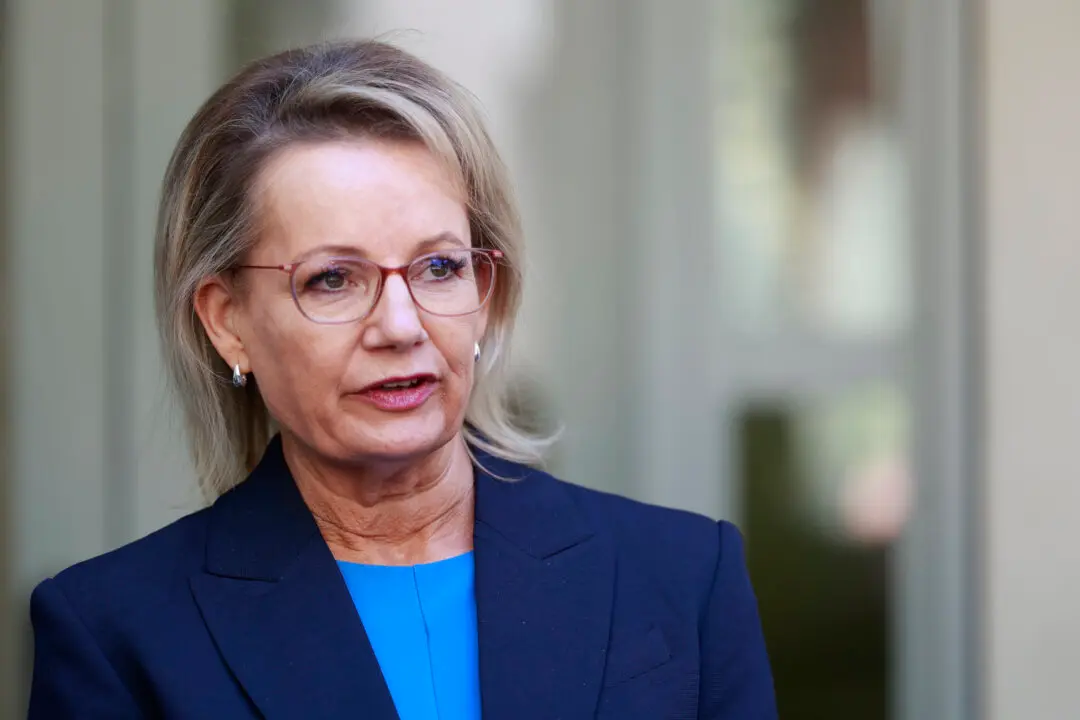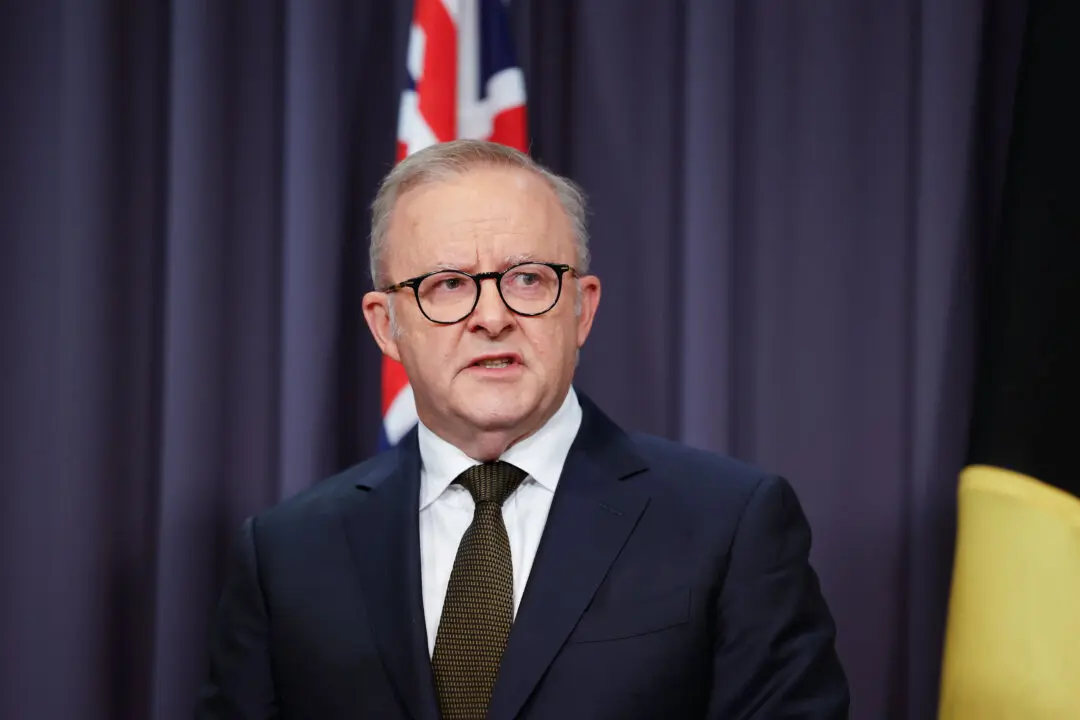Australia’s proposed Misinformation and Disinformation Bill has ignited debate during a Senate Committee hearing on Oct. 11, with multiple stakeholders raising concerns about transparency, fairness, and potential overreach.
The bill, designed to combat harmful misinformation on digital platforms, has prompted questions about censorship, the role of fact-checkers, and whether it unfairly targets certain sectors of the media.





